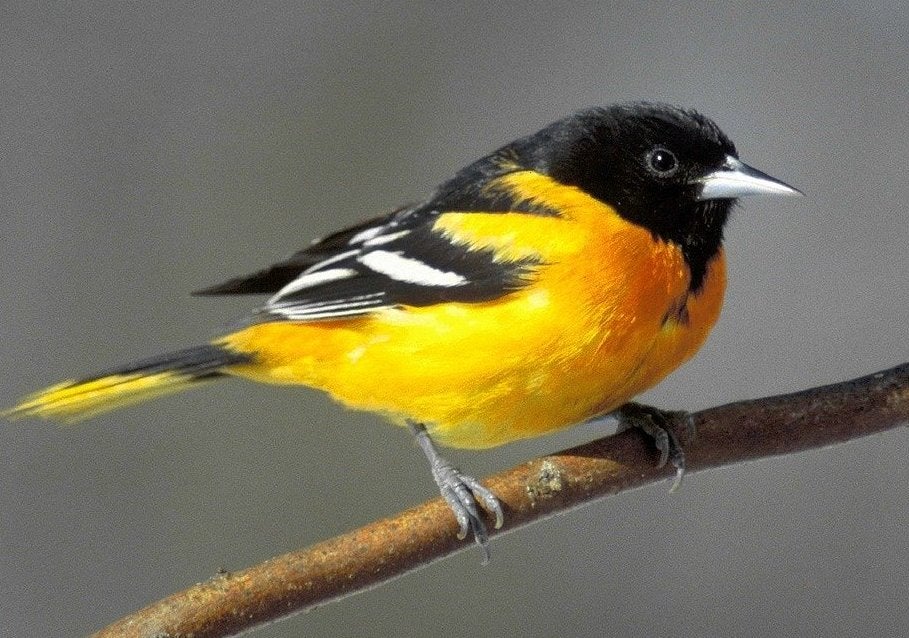Polk County’s most wanted – Animal!
Published 12:08 pm Monday, May 4, 2020
|
Getting your Trinity Audio player ready...
|
In a joint effort to expand the knowledge and understanding of the flora and fauna of Polk County, Conserving Carolina and botanist/ecologist David Campbell need your help in locating this month’s “Polk County’s Most Wanted—Animal,” the Baltimore Oriole (Icterus galbula).
Baltimore Orioles are known from Polk County, but they are not common, as the county is at the edge of their breeding range. Often seen perched or flitting in the treetops where they search for insects, listen for the Baltimore Oriole’s rich, whistling song. The male’s song is a short series of paired notes, repeated 2two to seven times. The female also sings, but her songs are much shorter. Both the male and female also give a sharp, repetitive chuck call.
Baltimore Orioles are in the Icteridae family, the same family as blackbirds and meadowlarks. They are medium-sized and sturdy-bodied birds, smaller and more slender than an American Robin. They have thick necks, long legs, and a long, thick-based, and pointed bill. Overall, adult males are flame-orange and black. They have a solid-black head and black wings that have one white wing bar. Females and immature males are yellow-orange on the breast, grayish on the head and back and they have with two bold white wing bars on their grayish wings.
Baltimore Orioles are most often found in the high branches of leafy deciduous trees. They prefer open woodlands, forest edges, river banks, and small groves of trees. Do not look for them in the deep forest. Their diet consists of insects, flowers, and fruits. They are agile, acrobatic foragers that comb the high branches of trees in search of food, often scrambling across twigs, hanging upside down, and flapping their wings in an attempt to extend their reach. Baltimore Orioles will also fly out from their perch to grab insects out of the air.
Though common and widespread throughout their range, Baltimore Oriole populations have been declining over the past several years. Recently, Dutch elm disease has been responsible for the demise of many American Elm trees in North America, and these elms were a favorite nesting tree for the species. Additionally, because they breed in North America and winter in Central and South America, Baltimore Orioles are vulnerable to deforestation and habitat loss throughout their entire range. They may also be adversely affected by the use of insecticides that kill their food and/or may poison the birds directly.
If you think that you have seen (or heard) Baltimore Oriole in Polk County, please contact Pam Torlina at Conserving Carolina by email at pam@conservingcarolina.org, and if you can provide a photo or soundbite, that would be particularly helpful.
Visit Conserving Carolina’s website, conservingcarolina.org/polk-most-wanted, for more information about “Polk County’s Most Wanted” and to download and print a “Pocket Guide” with all of the “Most Wanted” plants, animals, and habitats that you can be on the lookout for!
Now available for purchase on Amazon or free download: “An Inventory of the Significant Natural Areas of Polk County, North Carolina,” a culmination of David Campbell’s seven years in the field documenting the rare and significant flora and fauna in Polk County. The document can be downloaded from Conserving Carolina’s website at conservingcarolina.org/polk-county-inventory.
Conserving Carolina, your local land trust, is dedicated to protecting land and water, promoting good stewardship, and creating opportunities for people to enjoy nature. Learn more and become a member at conservingcarolina.org.
Submitted by Pam Torlina






